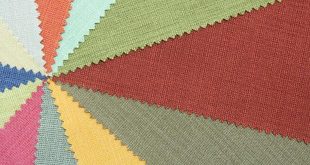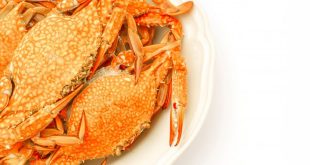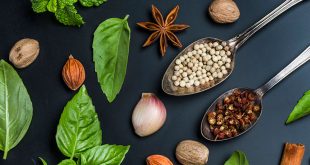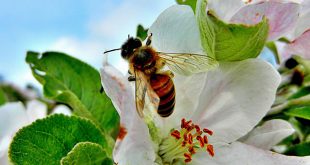Question: What is heat? Answer: Heat is a form of energy, entry or exit of which correspondingly increases or decreases internal energy of a body when no work is done on the body or by the body. Question: What is temperature? Answer: The degree of hotness and coldness of a body is called temperature of body. Thermometer …
Read More »NCERT 7th Class (CBSE) Science: Chemical and Chemical Changes
Question: Define the following: Valency, Atomicity, Chemical Equation, Rusting, Galvanization, Crystallization. Answer: Definitions are as follows: Valency: The combining capacity of atoms of an element with the atoms of other elements is known as valency. Atomicity: The number of atoms that make up a molecule of an element is known …
Read More »NCERT 7th Class (CBSE) Science: Fibre to Fabric
Question: What are natural Fibres? Answer: The fibres obtained from plants and animals are called natural fibres. For example, cotton from cotton bolls, jute from jute plant, silk from cocoon of silkworm and wool from hair of animals like sheep or goat. Question: List five animals from which wool is obtained? …
Read More »NCERT 7th Class (CBSE) Science: Nutrition in Animals
Question: How does a frog catch its prey? Answer: The frog uses its long sticky tongue to catch insects. Frogs have well-developed digestive system in which food is digested with the help of digestive juices. Question: How does a spider digests its food? Answer: A spider weaves a sticky web in which …
Read More »NCERT 7th Class (CBSE) Science: Nutrition in Plants
Question: What is nutrition? Answer: The process of taking in food by an organism and its utilization by the body is called nutrition. There are two types of nutrition: The mode of nutrition in which organisms make food themselves from simple substances is called autotrophic nutrition. For example plants. The mode of nutrition in …
Read More »NCERT 7th Class (CBSE) Science: Reproduction in Plants
Question: List three examples of reproduction in plants through underground roots. Answer: Some plants have underground stems that are swollen to store food and have buds which can grow into new plants. Some examples are: Tubers, bulbs, Rhizome and corm Tubers- For example: Potatoes Bulbs- For example: Onion, garlic, lily, tulip, …
Read More » Class Notes NCERT Solutions for CBSE Students
Class Notes NCERT Solutions for CBSE Students





